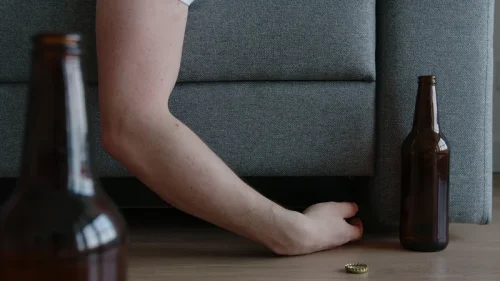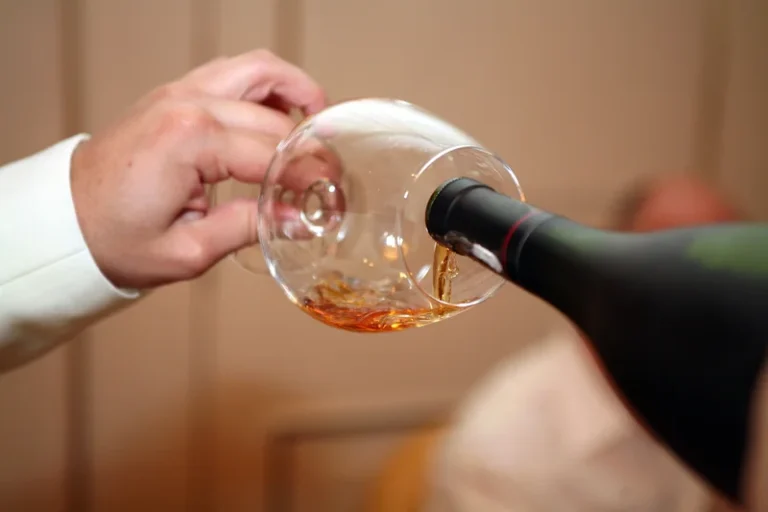- 19 / July 2024
Alcoholic Neuropathy: The Hidden Alcoholism Effect That Can Last a Lifetime

Poor absorption and low intake of these vitamins have clinical features of dermatitis, neuropathy, and anorexia. Among patients with chronic alcohol use disorder, neuropathy is the most common harmful sequelae. It is estimated that in the United States, 25% to 66% of chronic alcohol users experience some form of neuropathy; however, the true incidence in the general population is unknown. The majority of patients were middle-class, working men, and continuous drinkers were more affected than episodic drinkers. Parental family history is a risk factor for developing this condition. Women are more likely to develop alcohol polyneuropathy and suffer from a more rapid onset and greater severity.
- This phenomenon may be responsible for the induction of the neuropathic pain like behaviour following chronic ethanol consumption.
- Maintaining a healthy diet supplemented with plenty of B12, vitamin E, folate, and thiamine can help with the deficiency side of things.
- Patients who abuse alcohol tend to consume fewer calories and have poor absorption of nutrients in the gastrointestinal tract.
- One especially important phrase in that sentence, though, is “in most cases”.
- A comprehensive rehab program with a medical detox component can help alcoholics get sober and stay that way.
Alcohol Neuropathy Treatment and Outlook

Once alcohol use has been addressed, a doctor can focus on treating Oxford House alcohol-related neuropathy itself. Treatment will depend on the type, location, and severity of your symptoms. Research suggests that up to 66% of people with AUD have some type of alcohol-related neuropathy. Your contribution helps us support research and provide an improved quality of life for those affected.
- Early alcoholic neuropathy, usually presenting as sensory symptoms in the extremities, is reversible if the patient stops drinking and establishes proper nutrition.
- However, stopping consuming alcohol sooner can help stop the progression of nerve damage.
- A smaller number of publications do attribute thiamine deficiency, but generally speaking these studies were older or of lower quality evidence 4, 6, 30, 58, 76, 77.
- Many programs will help manage co-occurring disorders like alcoholic neuropathy, so the recovering patient can live a more comfortable and sober life.
- The mechanism of this is presently unclear, one possible explanation is that is resolves concomitant vitamin-dependent neuropathy which exacerbates alcohol-related neuropathy.
- The most notable common thread for nearly all sufferers is that the sooner you seek help for your neuropathy from alcohol dependence, the less the overall damage is likely to be.
Treatment Process
The demyelination is explained as the result of a slowing down (decceleration) of axoplasmic flow and a degradation of the quality of biological properties of axonal enzymes and proteins. This type of degeneration, so called ‘dying-back’, resembles Wallerian degeneration. Ethanol and its toxic degradation metabolites alcoholic neuropathy affect neuronal metabolism including the metabolic pathways of nucleus, lysosomes, peroxisomes, endoplasmatic reticulum and cytoplasm 21. Alcohol enters the blood as early as 5 min after ingestion and its absorption peaks after 30–90 min. The key role in the degradation of ethanol is played by ethanol dehydrogenase and acetaldehyde dehydrogenase-two step enzymatic systems by which ethanol is converted to acetate which is further metabolized in humans.
Alcohol Neuropathy Symptoms
Accumulating evidence suggests a pivotal role for metabotropic glutamate receptors (mGluRs) in nociceptive processing, inflammatory pain and hyperalgesia 74, 75. Several mGluR subtypes have been identified in the superficial dorsal horn of the spinal cord 76, 77 and on primary afferent fibres 78. Glutamate concentrations are elevated in the superficial dorsal horn of rats after chronic ligature of the sciatic nerve 79.


In addition, they may order blood tests to check for vitamin and nutrient deficiencies. Some of the most common symptoms are numbness or tingling sensation in the extremities, pain or a burning sensation in the extremities, difficulty walking, difficulty urinating, and difficulty talking or swallowing. Some of the https://ecosoberhouse.com/ symptoms of alcoholic neuropathy can be partially reversed. Even though alcoholic neuropathy may not go away, there are things you can do to cope with this condition. Alcohol also alters the function of the stomach, liver, and kidneys in ways that prevent the body from properly detoxifying waste material.

Discover content

In an animal model, Kaur et al. (2017) showed that curcumin and sildenafil administrated alone or in combination represent a therapeutic advantage in alcohol-induced neuropathic pain 176. Chronic alcohol consumption leads to malnutrition with dysfunctions in protein and lipid metabolism which affect the metabolic pathways and progression of ALN symptoms within the central and peripheral nervous systems 89. The direct toxic effects of alcohol and its metabolites (mainly acetaldehyde) are crucial in ALN etiology 64. It has been demonstrated that incubation of neural cells with advanced glycation end products of acetaldehyde (AA-AGE) induced dose-dependent degradation of neuronal cells while the addition of AA-AGE antibodies reduced neurotoxicity 51, 90. Other findings showed that decreased activity of aldehyde dehydrogenase leads to peripheral neuropathy 76, 91.
- Alcohol can also deplete the body of essential nutrients, and thiamine (vitamin B1) deficiency is common in people who battle alcoholism.
- It is possible that hepatic dysfunction and alcoholic toxicity each cause neuropathy independently, and that there is frequently overlap between the two.
- As the condition progresses, the pain may vary in intensity, sometimes diminishing for months before worsening again.












